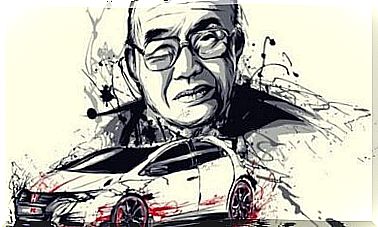What Exactly Is An Uprising?

Many people are confused by the term “rebellion.” For example, is the Islamic State an insurgent group or a terrorist group? It’s not an easy question to answer because of all the changes this group has gone through over the years. Still, in order to call something a “rebellion,” you first need to know exactly what it means.
It might be helpful to list some groups that experts refer to as insurgents before discussing the definition. Some of the most well-known names in this category are the Islamic State, Al Qaeda, and Boko Haram.
Others include the FARC, the Taliban, Hezbollah, Hamas, the ETA and the IRA. Although some of these groups no longer exist, experts at one point considered all of these groups to be insurgents.

Defining a Rebellion
Finding a simple and precise definition for the word rebellion is tricky. Nevertheless, we can emphasize a number of points of similarity, which we see in the different definitions of the word.
Basically, you could say that an “insurrection” is actions taken by a minority group within a state to enforce political change. So it has at least political objectives.
Insurgents also use propaganda or military pressure to convince or intimidate a population. Their goal is to gain popular support. Thus, their recognition and acceptance by the population in general is crucial and essential to their success or failure.
Finally, an insurrection also has the quality of inequality in terms of power. Because the state generally has much more power, insurgent groups prefer asymmetric and protracted confrontations with the government. Psychological warfare often becomes their main tool.
How people start and strengthen an uprising
In order to create a rebellion, the following factors must be present:
- A politically relevant identity. The rebels need to make their identity stand out. It must be so strong that people must be willing to fight to defend it.
- An attractive case. There must be something wrong that the majority of the population must want to correct.
- Popular support. If the Rebels can get hold of the following factors, they are more likely to achieve this as well.
- Strong leadership. Leadership gives group cohesion, coordination and credibility.
- Power beyond that of rival groups. Being stronger than the other groups or even being able to just team up with them can be a determinant of whether the insurgency gains momentum.
- A refuge. Safe places or places of refuge can ensure the survival of the uprising.
- The ability to get outside support. Outside support can be essential.
- The ability to perceive errors of political authorities. A bad move by the state can increase support for the uprising from the population.
Classification of uprisings
In general, experts divide uprisings into one of two groups:
- national uprisings
- uprisings seeking freedom
In national uprisings, the rebels are against a particular government on ideological, ethnic, economic or other grounds. Liberation uprisings involve a regime supported or controlled by outside influences.
In addition, there are other possible classifications. Some people also classify them according to their goals.
You can divide the insurgents into three types based on their goals:
- Power and Political Projection. Groups with these goals are trying to take control of the state in order to install a new regime.
- Political Power and Territory. In this case, the groups are trying to get rid of a foreign occupier or gain national independence.
- Local or tribal autonomy to maintain or gain freedom from state control. These groups seek to undermine authority in a state that has failed in whole or in part. Their ultimate goal is to eventually take control of the government.

The Five Pillars of a Rebellion
Insurgents can use five strategic tools to achieve their goals. The list is as follows:
- Armed Combat. The use of force is common during uprisings. The most commonly used tactics are guerrilla warfare and, in a supporting role, terrorism.
- Propaganda. By using propaganda, insurgent groups try to win the hearts of the people. They target both the domestic and international population with this tactic.
- Social help. Social aid aims to gather and mobilize support from the population.
- Social and Political Activism. They create or infiltrate civil society, trade unions and perhaps even political parties.
- External Relations. The support of the international community is a great advantage. Many rebellions are trying to get their hands on this.
As you might see from this diagram, uprisings are very similar to the ways of other violent groups, using terrorism and guerrilla warfare. It’s not easy to tell them apart. Yet the factors that set the stage for them are clear, as are the factors that lead to their success.









